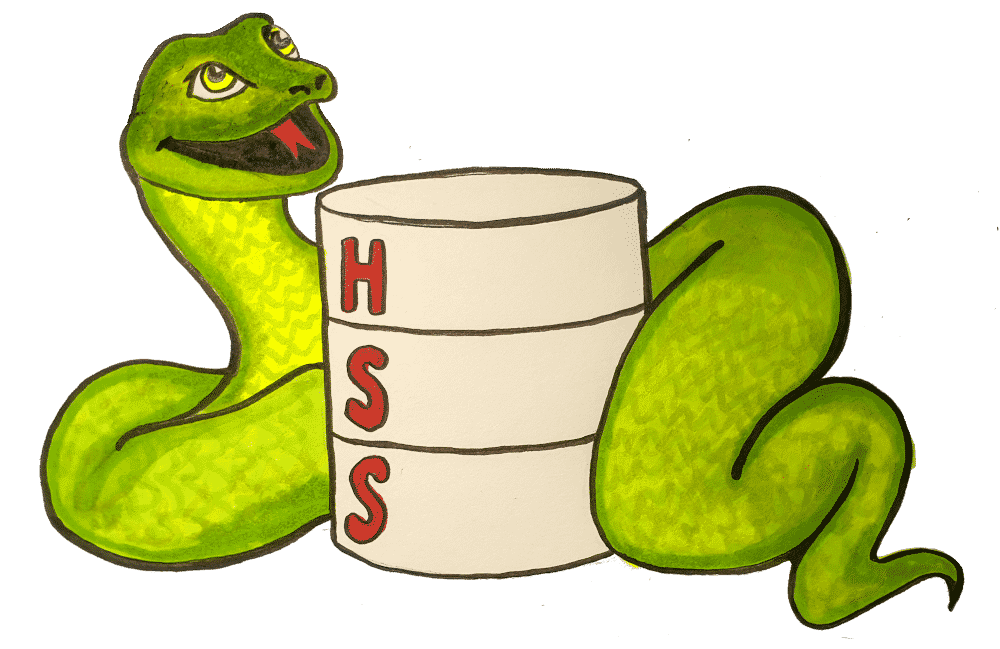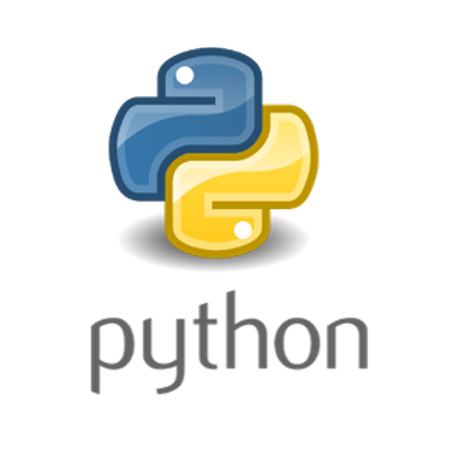When learning to use Kamailio you might find yourself thinking about if you really want to learn to write a Kamailio configuration file, which is another weird scripting language to learn to achieve a task.
Enter KEMI – Kamailio Embedded Interface. KEMI allows you to abstract the routing logic to another programing language. In layman’s terms this means you can write your routing blocks, like request_route{}, reply_route{}, etc, in languages you already know – like Lua, JavaScript, Ruby – and my favorite – Python!
Why would you use KEMI?
Write in a language you already know;
You don’t need to learn how to do write complex routing logic in Kamailio’s native scripting language, you can instead do it in a language you’re already familiar with, writing your Routing Blocks in another programming language.
Change Routing on the Fly;
By writing the routing logic in KEMI allows you to change your routing blocks without having to restart Kamailio, something you can’t do with the “native” scripting language – This means you can change your routing live.
Note: This isn’t yet in place for all languages – Some still require a restart.
Leverage your prefered language’s libraries;
While Kamailio’s got a huge list of modules to interface with a vast number of different things, the ~200 Kamailio modules don’t compare with the thousands of premade libraries that exist for languages like Python, Ruby, JavaScript, etc.
Prerequisites
We’ll obviously need Kamailio installed, but we’ll also need the programming language we want to leverage setup (fairly obvious).
Configuring Kamailio to talk to KEMI
KEMI only takes care of the routing of SIP messages inside our routing blocks – So we’ve still got the Kamailio cfg file (kamailio.cfg) that we use to bind and setup the service as required, load the modules we want and configure them.
Essentially we need to load the app for the language we use, in this example we’ll use app_python3.so and use that as our Config Engine.
loadmodule "app_python3.so"
modparam("app_python3", "load", "/etc/kamailio/kemi.py")
cfgengine "python"After that we just need to remove all our routing blocks and create a basic Python3 script to handle it,
We’ll create a new python file called kemi.py
## Kamailio - equivalent of routing blocks in Python
import sys
import Router.Logger as Logger
import KSR as KSR
# global function to instantiate a kamailio class object
# -- executed when kamailio app_python module is initialized
def mod_init():
KSR.info("===== from Python mod init\n");
return kamailio();
# -- {start defining kamailio class}
class kamailio:
def __init__(self):
KSR.info('===== kamailio.__init__\n');
# executed when kamailio child processes are initialized
def child_init(self, rank):
KSR.info('===== kamailio.child_init(%d)\n' % rank);
return 0;
# SIP request routing
# -- equivalent of request_route{}
def ksr_request_route(self, msg):
KSR.info("===== request - from kamailio python script\n");
KSR.info("===== method [%s] r-uri [%s]\n" % (KSR.pv.get("$rm"),KSR.pv.get("$ru")));
So that’s it! We’re running,
Running code for kamailio.cfg (Kamailio config) and kemi.py (Python3 script).






